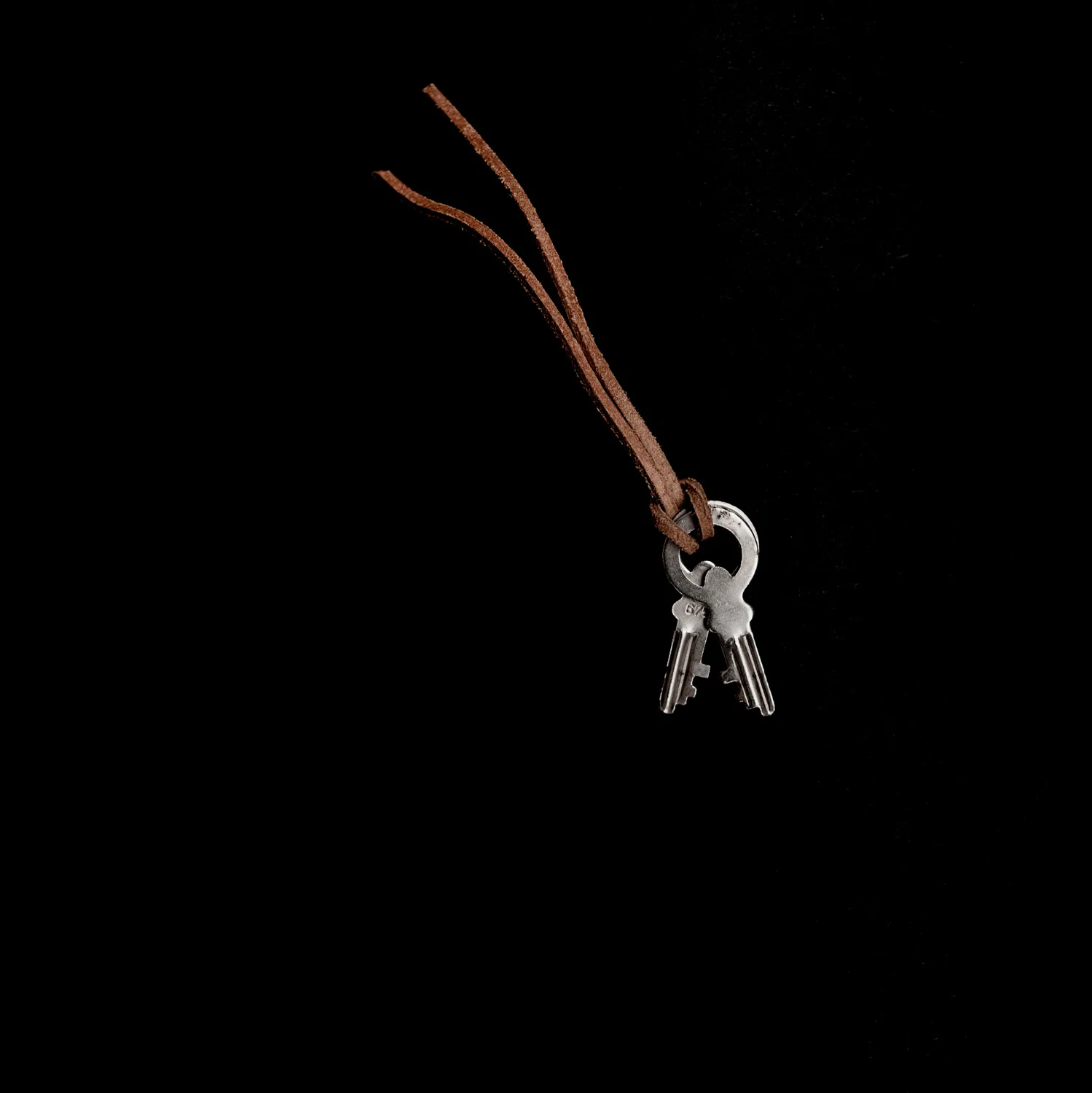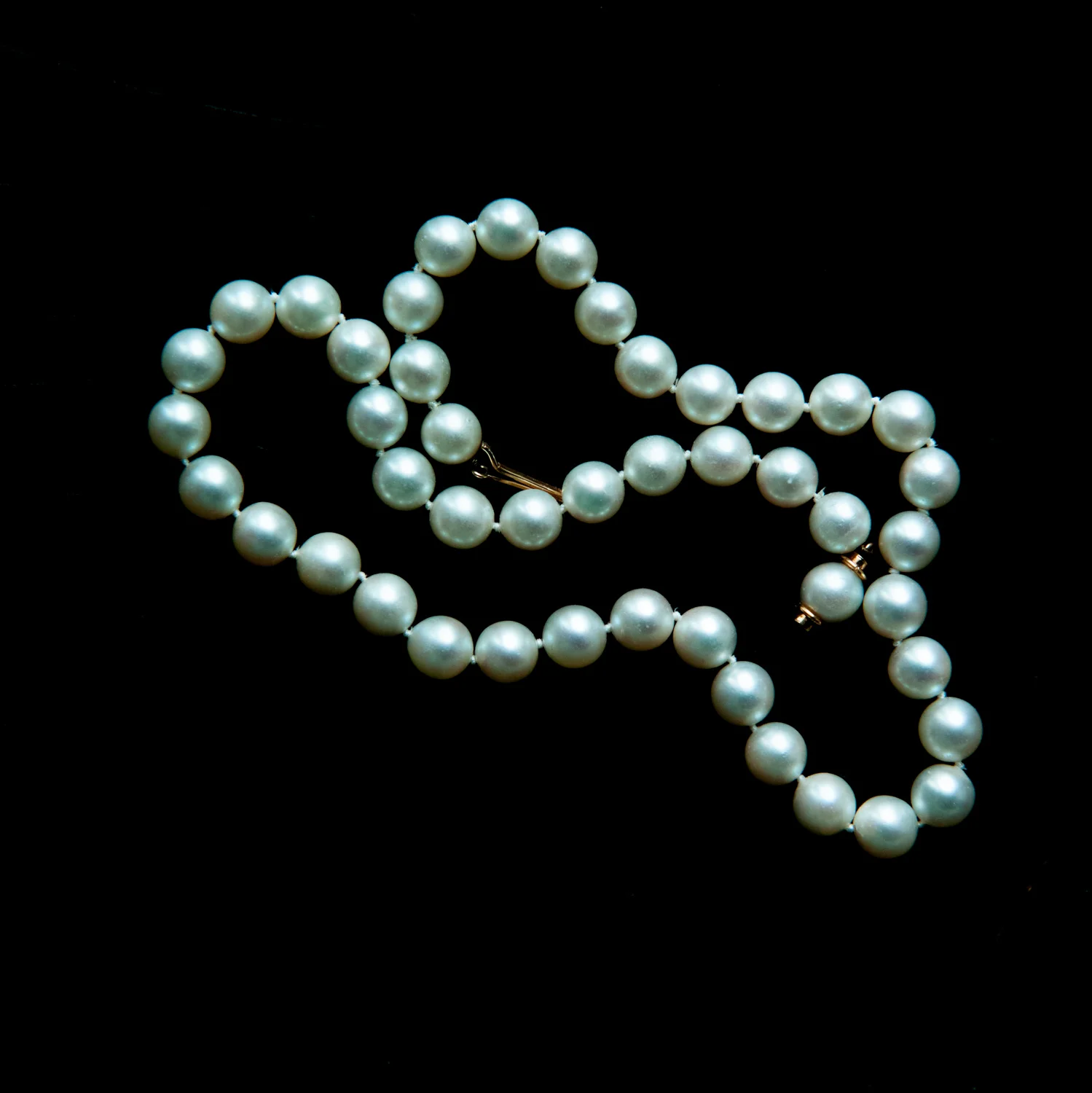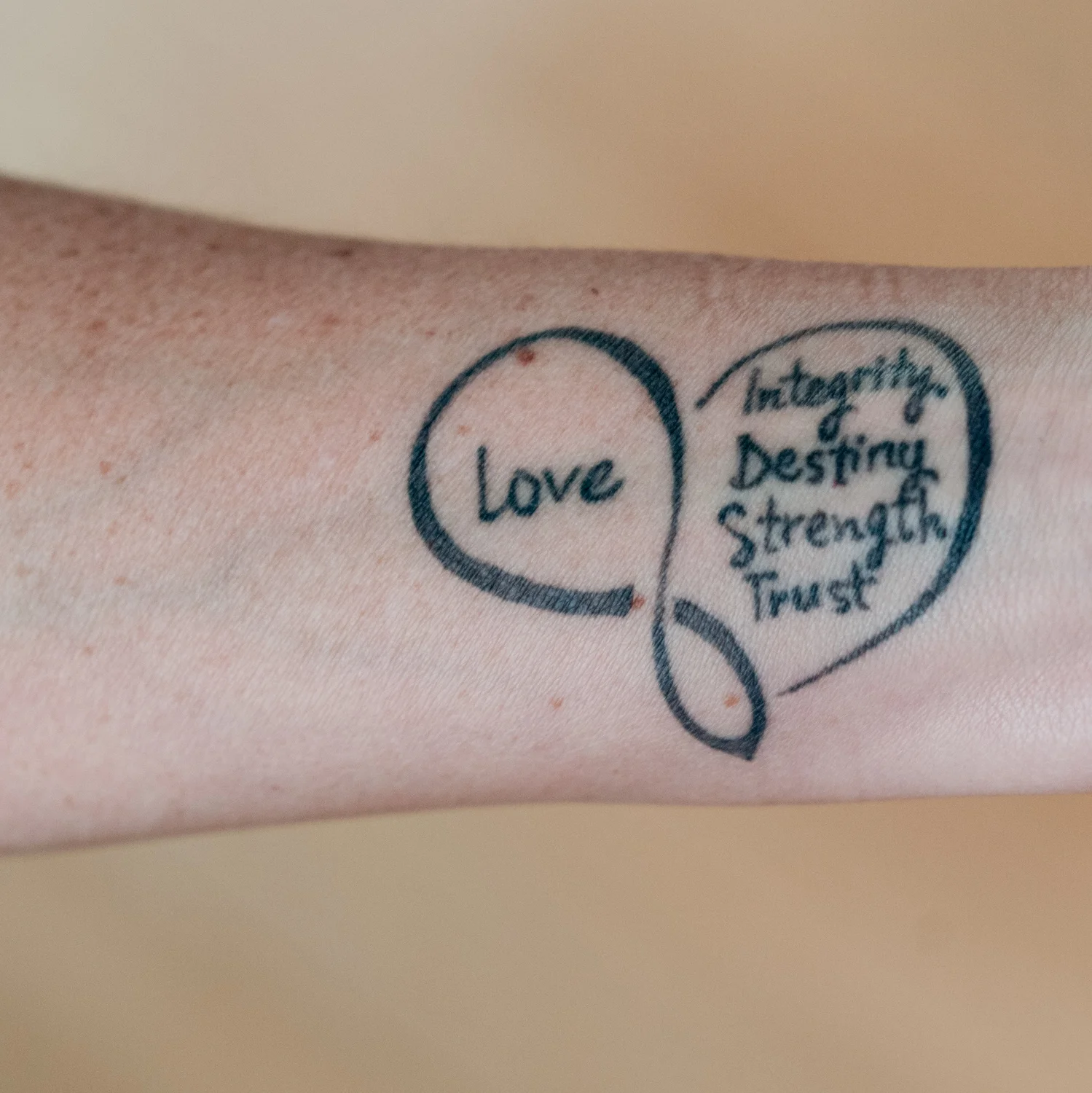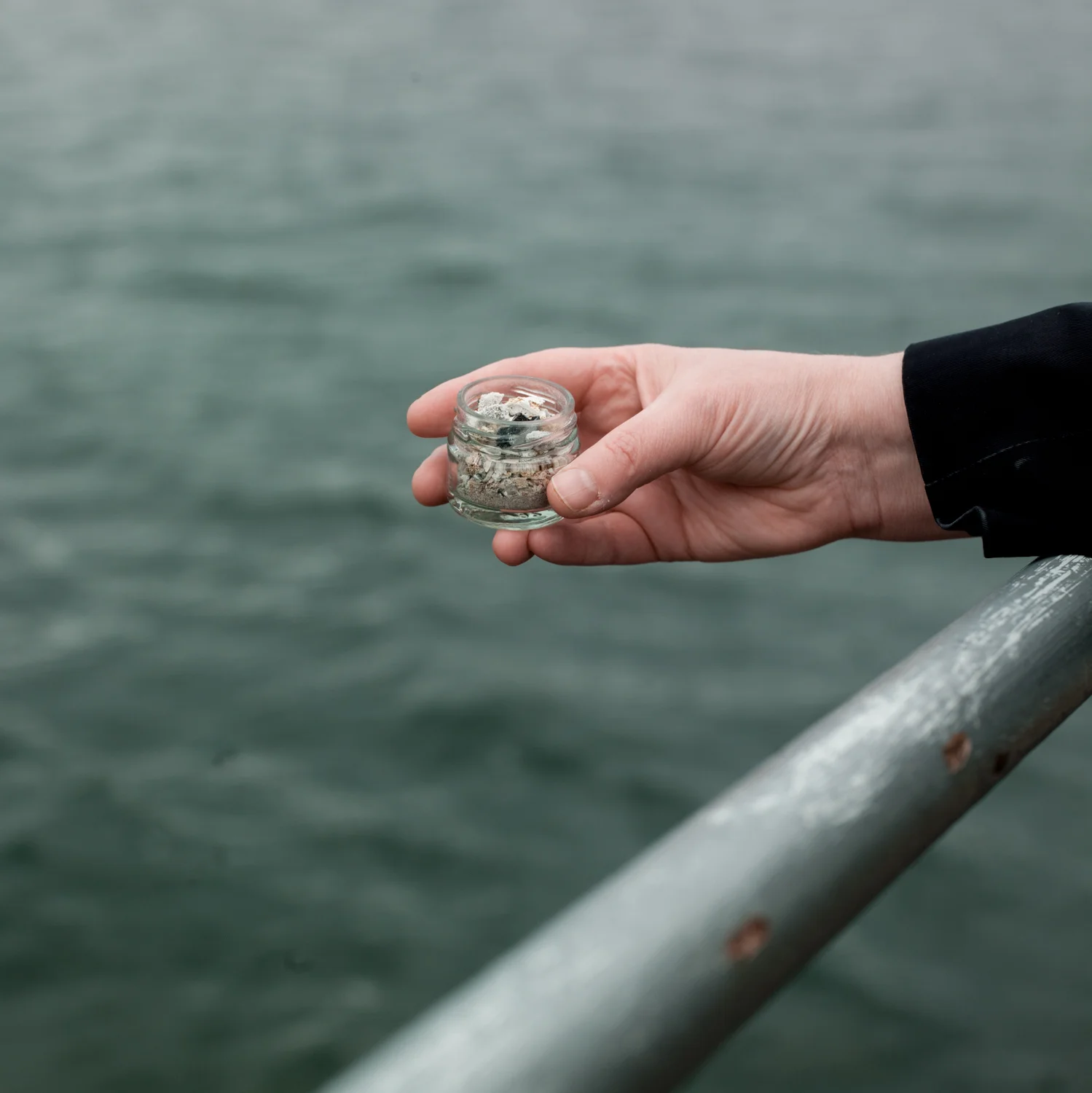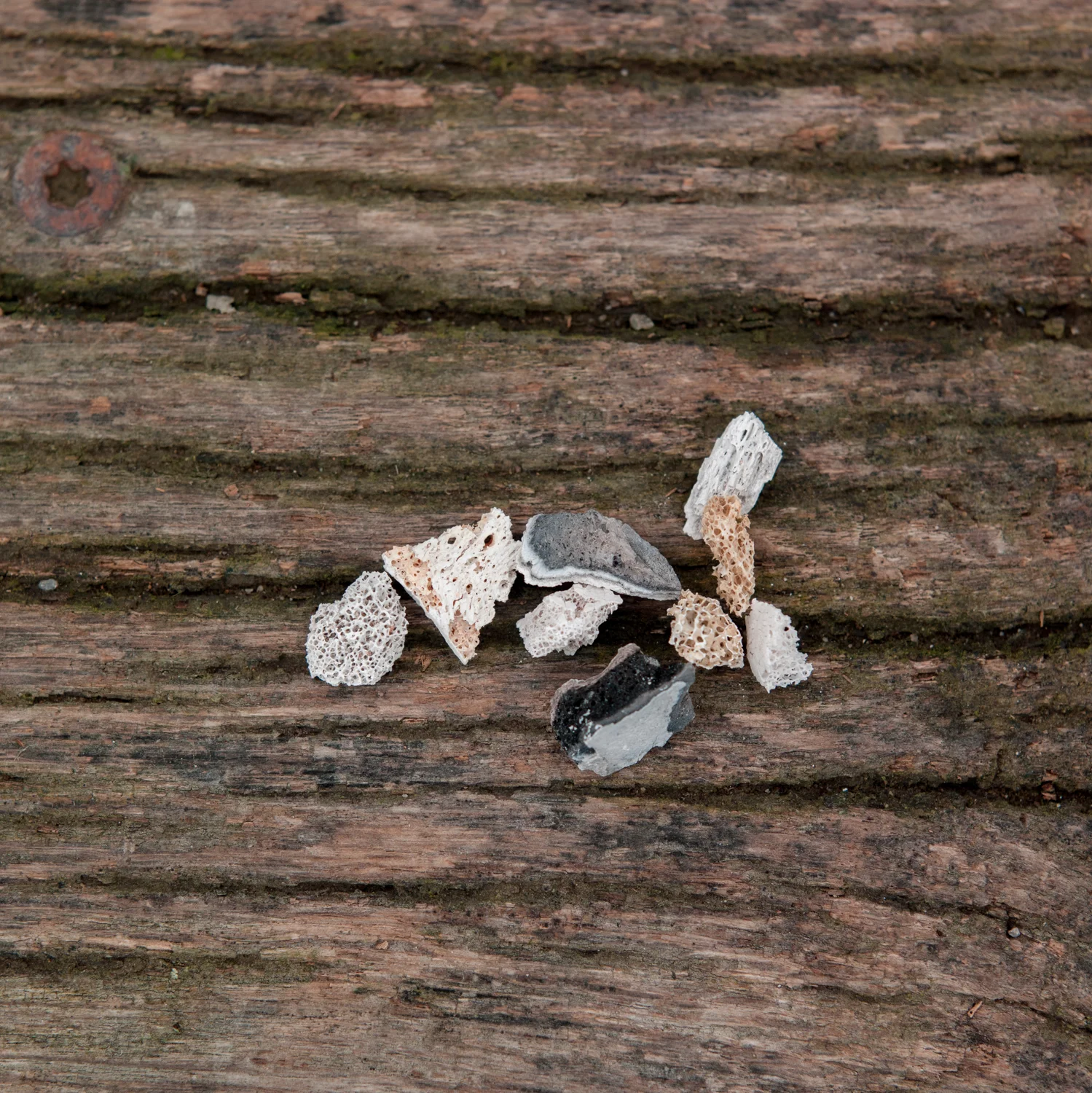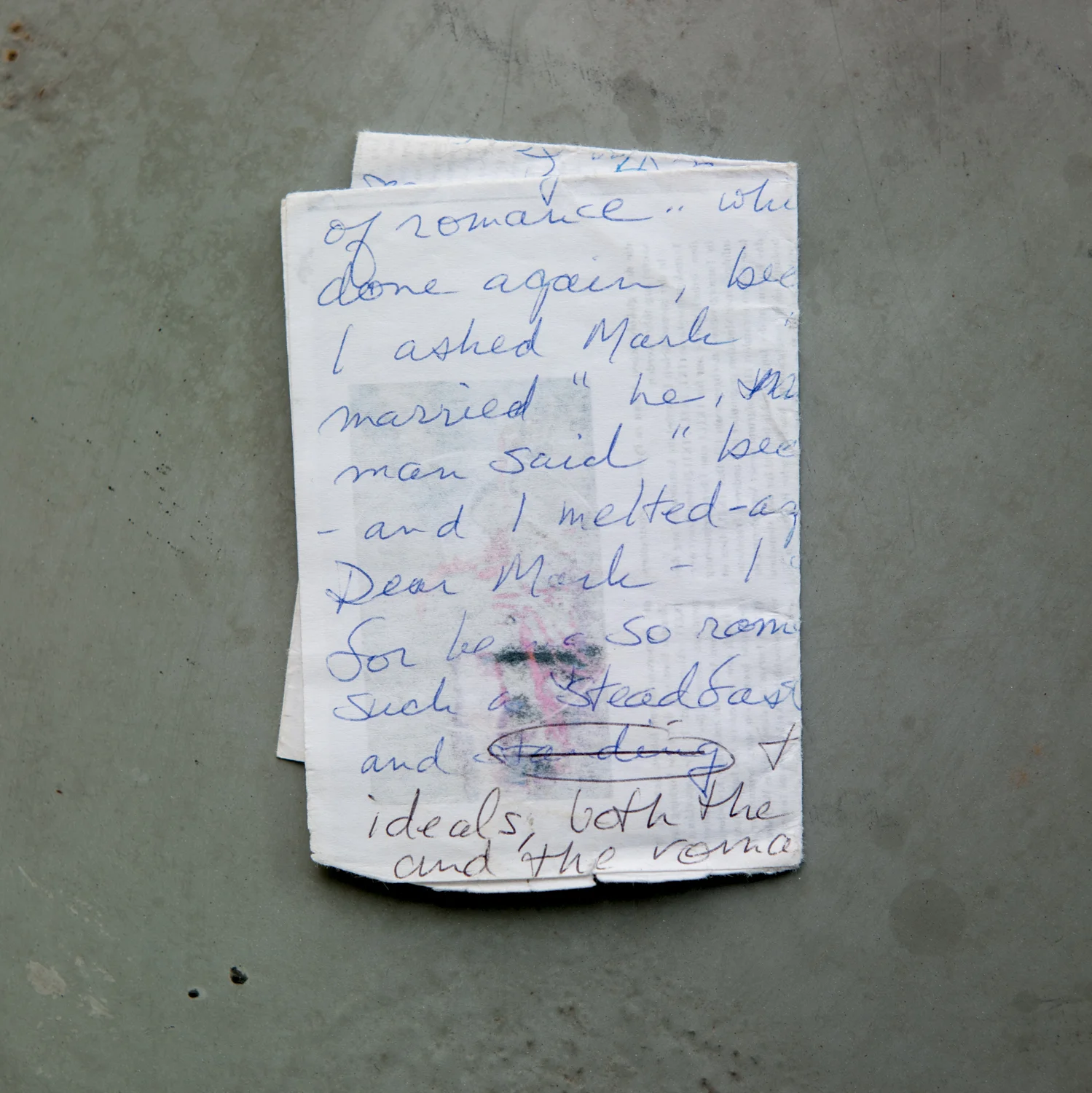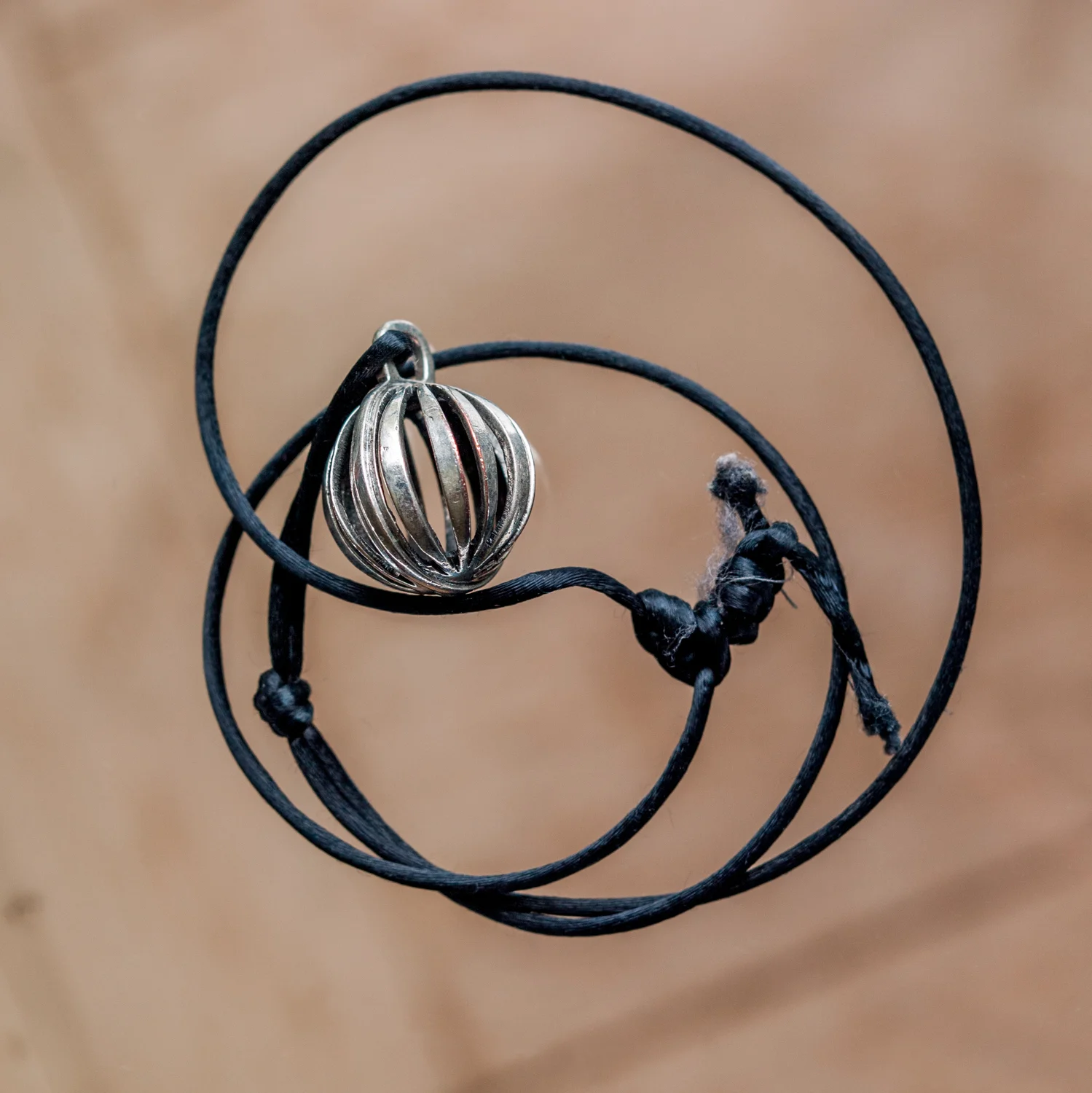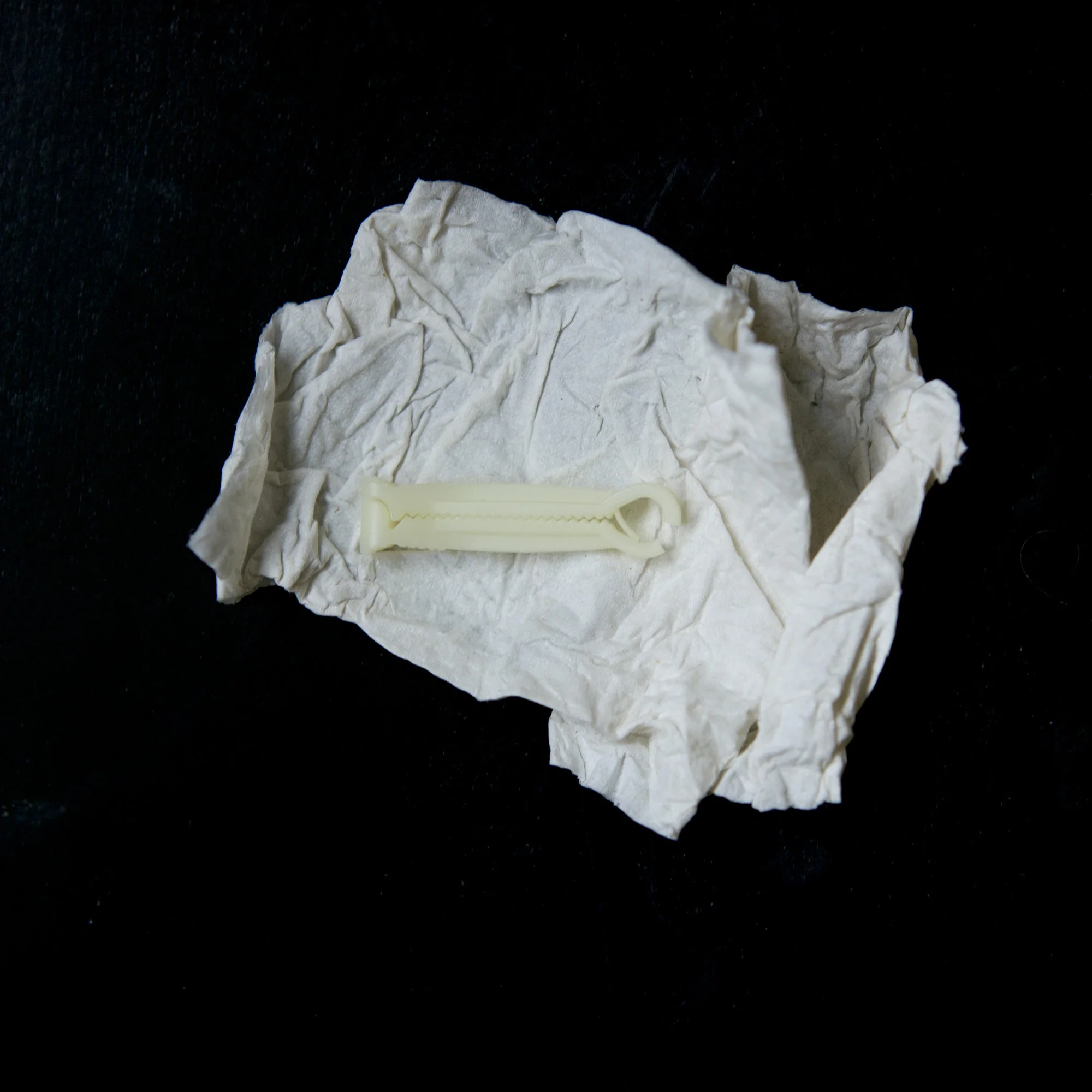Traces
Essays by Nadine Olonetzky, Petra Zudrell
Published by Kehrer Verlag, Heidelberg 2017
Those who die leave behind traces in the lives of their families and loved ones, in their surroundings, in the world. Objects, pictures, clothing, or places spark memories of loved ones. The capturing of a moment in a photo also plays a significant role here. Walter Benjamin, Siegfried Kracauer, Roland Barthes, and Susan Sontag have all emphasized the connections between photography and death. For ten years, Tina Ruisinger photographed all the things that are left behind when one dies. In doing so, she focused not only on death, but also on the lives of those left behind. The objects are depicted out of their original context. As an artist, she is committed to a topic that remains taboo.
"The leather band knows your neck. It knows you better than I do. The sweat, the flakes of skin. It has witnessed from up close everything that happened around your face, your neck, and your shoulder, your décolleté. It was there. Like the ball of silver wire. It rolled and jumped on your chest, sometimes leapt in front of your nose. The words that you said and also those that others addressed to you buzzed past it. You balanced spoonsful of soup or forkfuls of meat or beans past it. Sometimes drops of wine or a bit of water landed on it. But it wasn’t bothered by that, being so close to you was good for it. I carry with me, the leather band with the silver ball, it is good to have you close." (Nadine Olonetzky, "What remains")
"The story of the key is, at the same time, the key to understanding the things that Ruisinger photographed during the last ten years for her latest book project "Traces". It is a book with pictures of objects left behind by the deceased. These objects have a greater emotional than material value for the survivors. The photographs, on the other hand, evoke even more intimate images and memory of the deceased. Like the key of Ted Croner which Tina Ruisinger presents on a simple wooden background. Not one of the square format photographs is a voyeuristic view. They are almost in the tradition of the New Objectivity, where photography takes an equal position alongside painting." (Jürg Zbinden, NZZ, August 2, 2017)

